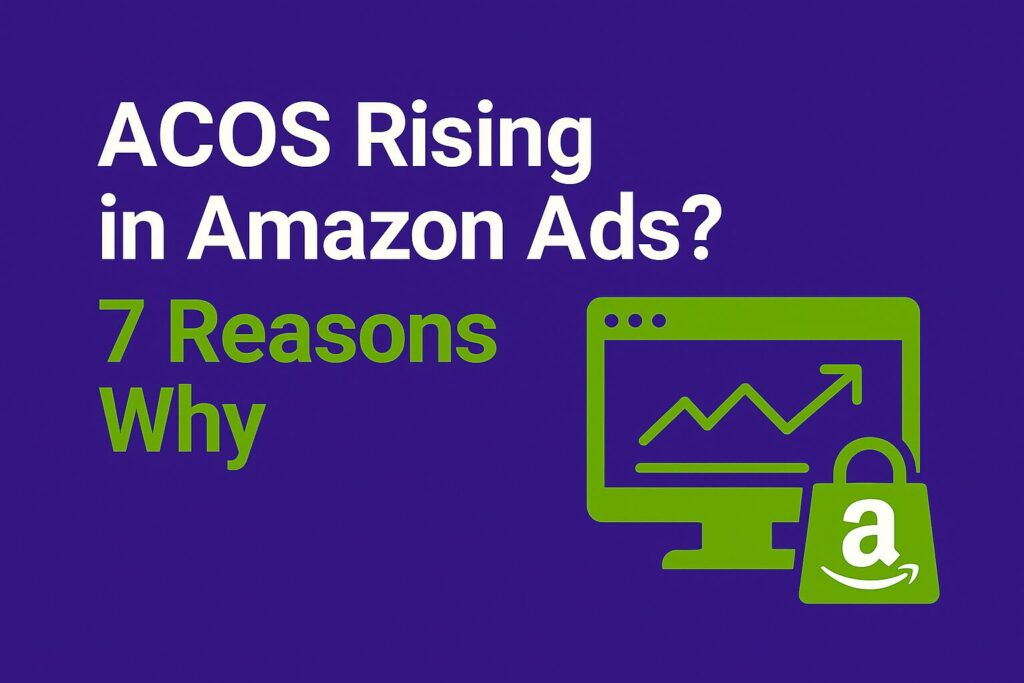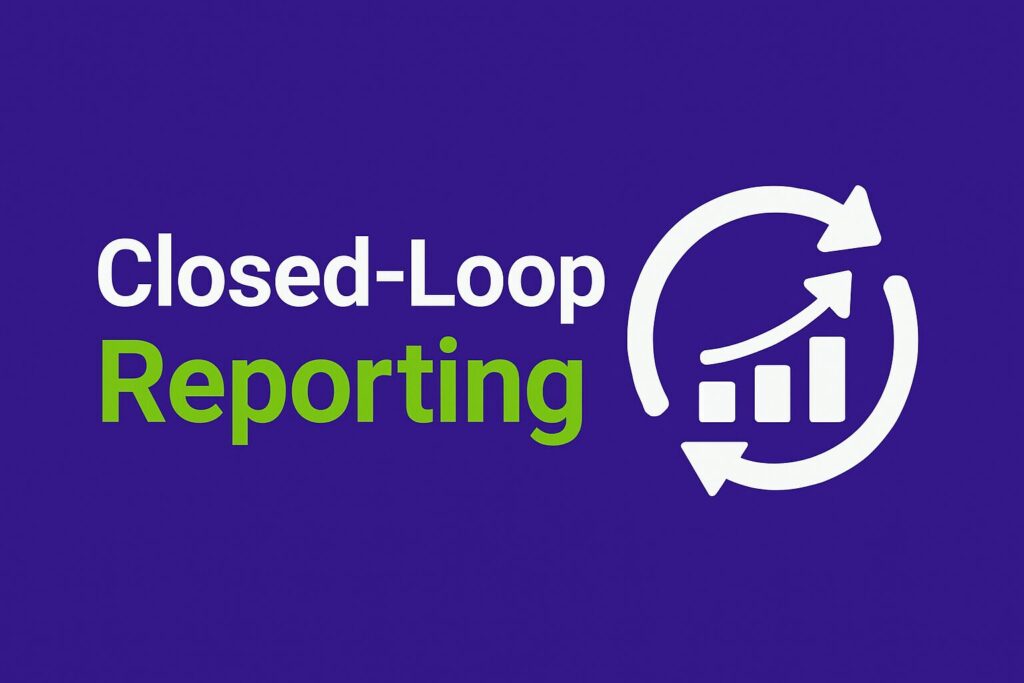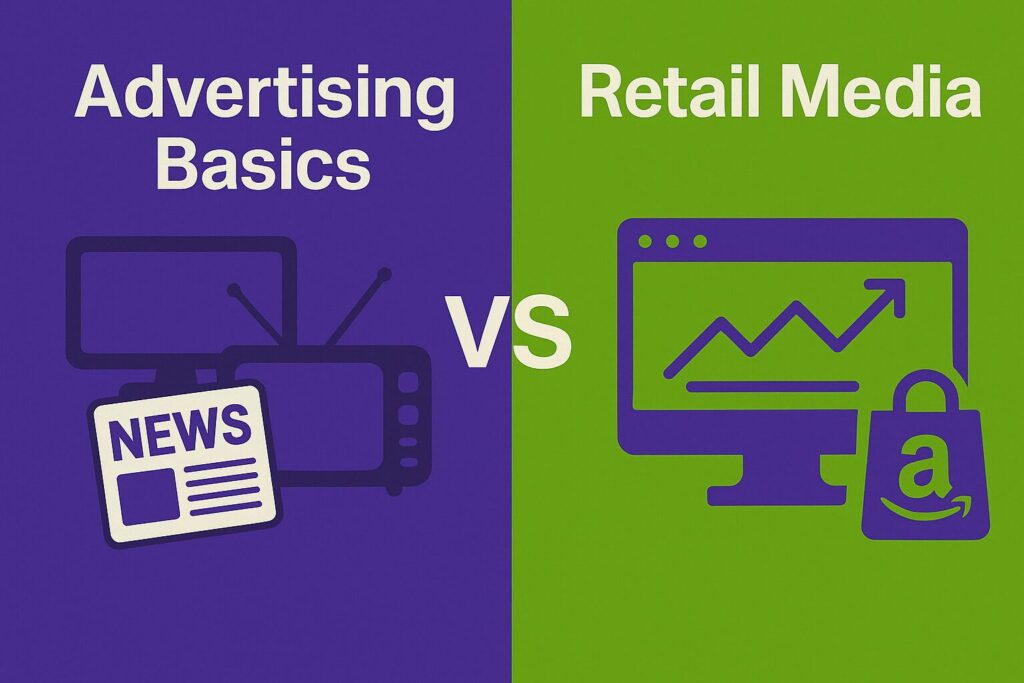Relying on last-click models alone can obscure your campaign’s true impact. An Incrementality Test isolates the causal effect of retail media—showing which impressions actually drive new sales, and which would have occurred anyway.
As eMarketer notes, “retail media buyers need to go beyond ROAS when understanding ad impact.” Meanwhile, Grocery TV’s analysis found that CPG brands see an average 14% uplift in incremental sales from in-store media.
In this post, you’ll learn key test designs and a simple framework to run your own Incrementality Test in 2025.
1. Why Incrementality Tests Matter
- Causal Clarity: Distinguish true ad-driven lift from organic demand or brand loyalty.
- Budget Efficiency: Redirect spend to channels and SKUs that deliver net new revenue.
- Strategic Growth: Prove impact to stakeholders and scale successful tactics.
For a primer on tying ads to real sales, see Closed-Loop Reporting: Retail Media Campaign Follow-Up.
2. Common Test Designs
Geo-Holdout
Split regions into treatment (ads on) and control (ads off). Compare lift in foot traffic or sales to measure real impact.
Ghost Bids
Place “shadow” bids that don’t win the auction. Measure what would’ve happened without ad exposure—then compare against active campaigns to estimate true conversions.
A/B Testing
Run two creatives or targeting variants on matched audiences. Measure relative incremental lift—not just CTR or CPC.
3. Four-Step Incrementality Framework
1. Define Your Hypothesis
“Our Sponsored Products campaign will drive a 10% incremental sales lift on Dark Roast Pods.”
2. Choose Test Design
Use Geo-Holdout for regional tests or Ghost Bids for digital-only campaigns.
3. Allocate Sample & Budget
Reserve 5–10% of budget for control. Ensure statistical power (use sample size calculators).
4. Analyze Lift & Scale
Subtract control revenue from treatment to calculate net lift. Scale high-performing tactics.
4. Example in Practice
Brand Z ran a Geo-Holdout test across two Midwestern regions:
- Treatment: $50K on Sponsored Brands
- Control: No ads
Result: The treatment region saw a 22% lift in incremental sales, a 1.8x ROAS improvement—leading to a 30% budget increase for Q4.
Conclusion & Call to Action
Running an Incrementality Test gives you the confidence to scale what works—and cut what doesn’t. This is post #15 in my Retail Media Mastery series. Thanks for following along! You now have the complete 15-step roadmap from briefing to attribution.
Stay tuned for more guides, and revisit earlier posts to refine your strategy.
Senior E-commerce & Retail Media Leader with 8+ years across Amazon and leading marketplaces. Focus on full-funnel strategy, programmatic retail media, and international media governance. Sharing frameworks and operating models for growth.



